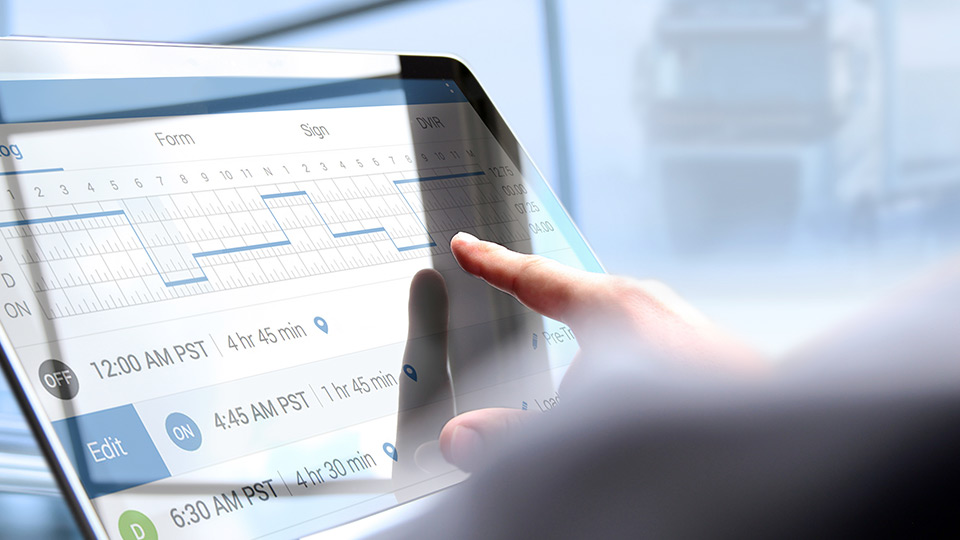
Using third party telematics devices in MyGeotab
Last updated on December 28, 2023 in Fleet Management by Geotab | 1 minute read
Table of contents
The power of the right platform can mean everything to a fleet manager. Learn how to integrate third party telematics devices in MyGeotab.
The power of the right platform can mean everything to a fleet manager. Some fleets may have existing telematics devices from third party providers, and would like to take full advantage of the many features of the MyGeotab fleet management system. For example, a fleet may want to use existing satellite tracking devices, or battery-powered asset tracking for mobile assets, such as trailers or equipment.
Not all providers embrace the open platform philosophy that Geotab does. Our open platform approach allows fleets to re-purpose the existing hardware by adding it to their MyGeotab system. The process is both easy and cost effective with the help of a Geotab reseller.
API Software Interface
Each telematics device is programmed to communicate and store data in different ways. In order to deliver data in a format that Geotab servers can understand, the interested reseller or customer must first develop what is called a software interface. This software must be able to collect data from the third party devices before delivering it to Geotab servers in a format they can understand.
After adding third party devices to a MyGeotab database, the device will function much like any Geotab device. Whenever the interface software delivers new data, it will automatically flow to the correct database. This allows fleets with any mixture of Geotab and third party devices to take full advantage of the many features of MyGeotab.
The following items are required, in order to take advantage of third party devices in MyGeotab:
- A custom serial number prefix (e.g. “C1”) allocated by Geotab
- A MyAdmin reseller account to which Geotab will assign the necessary permissions to use third party integration
- A MyGeotab hosted database
- A software application that will interface between the third party devices and MyGeotab
For interested resellers, please contact Geotab and ask how you can get involved. For interested customers, please contact your reseller or speak with Geotab to find you a local reseller.
See also: Third party integration in your telematics solution
If you liked this post, let us know!
Disclaimer
Geotab's blog posts are intended to provide information and encourage discussion on topics of interest to the telematics community at large. Geotab is not providing technical, professional or legal advice through these blog posts. While every effort has been made to ensure the information in this blog post is timely and accurate, errors and omissions may occur, and the information presented here may become out-of-date with the passage of time.
Get industry tips and insights
Sign up for monthly news and tips from our award-winning fleet management blog. You can unsubscribe at any time.
Republish this article for free
Other posts you might like

What is cold chain monitoring?
April 24, 2024

A fleet’s guide to multi-stop route planners
April 24, 2024

ELD self-certification: What you need to know
April 10, 2024

Geotab 2024 discussion recap: A Data-Driven Journey in Fleet Maintenance
March 11, 2024





